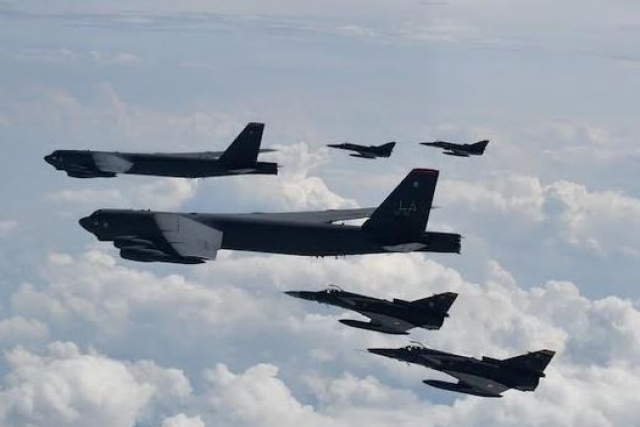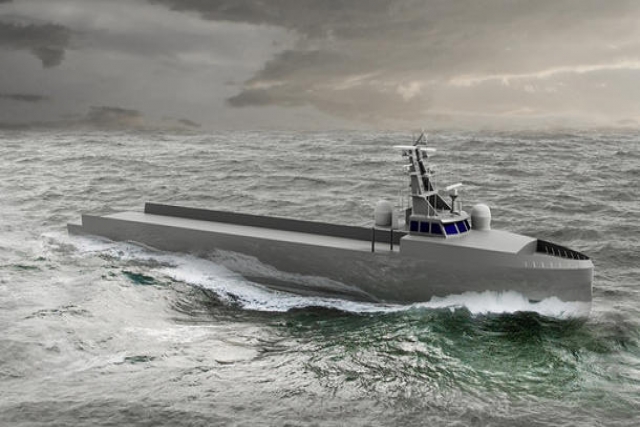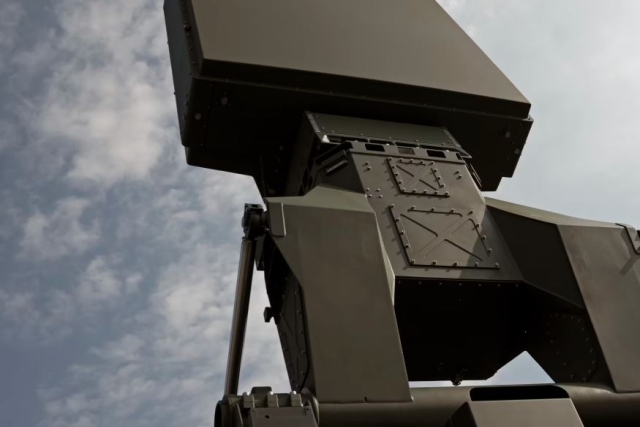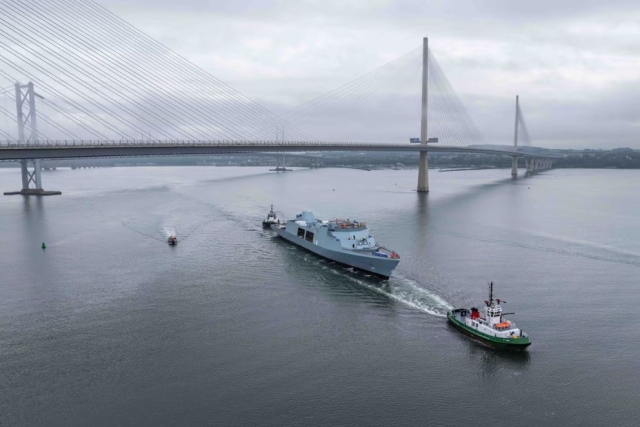L-3 Communications Wins $173M to Support MDA’s Airborne Sensors Program

The U.S. Missile Defense Agency (MDA) awarded L-3 Communications Integrated Systems L.P., $173 million to support its Airborne Sensors (ABS) program.
The primary objective of the ABS Mission Operations program is to provide airborne electro-optic and infrared sensor capabilities to support MDA and other test activities.
The ABS program directs the design, development, integration, test, operation, maintenance, improvements, modernization, mission support and data reduction and analysis activities for three types of aircraft: two High Altitude Observatory (HALO-I/II) aircraft, modified Gulfstream IIB aircraft, and the Widebody Airborne Sensor Program (WASP)-modified McDonnell Douglas DC-10-10 aircraft. The program scope also includes any future aircraft and mission equipment required to support MDA test and assessment activities.
“These efforts will continue operations and sustainment of the High Altitude Observatory (HALO) aircraft and sensor equipment, mission planning and flight test execution, and improvement and modernization efforts. The work will be performed in Tulsa, Oklahoma. The ordering period will September 2021 through September 2026,” a U.S. DoD release today said.
Each of the three MDA aircraft can be configured with a variety of sensors to support ballistic missile defense system (BMDS) test data collection efforts. The ABS program also provides quick-turn mission data analysis and reporting to ensure that critical MDA test data gets to key organizations in a timely manner.
Within L-3 IS, L-3's Aeromet subsidiary, based in Tulsa, Okla., will manage the program. L-3 Aeromet currently operates the two Gulfstream IIB aircraft under a predecessor contract called Airborne Test and Measurement Support (ATMS) and has supported more than 180 missions.












